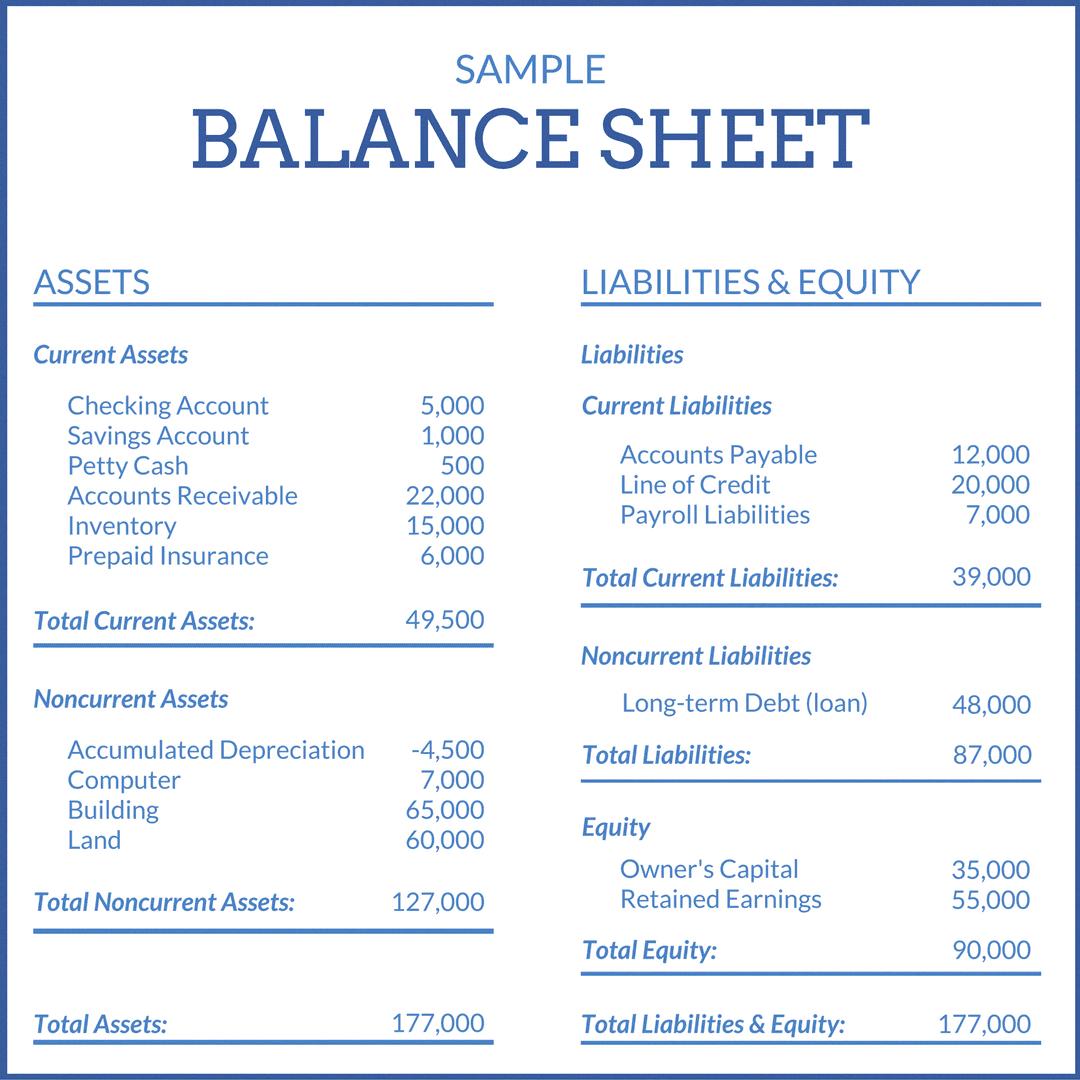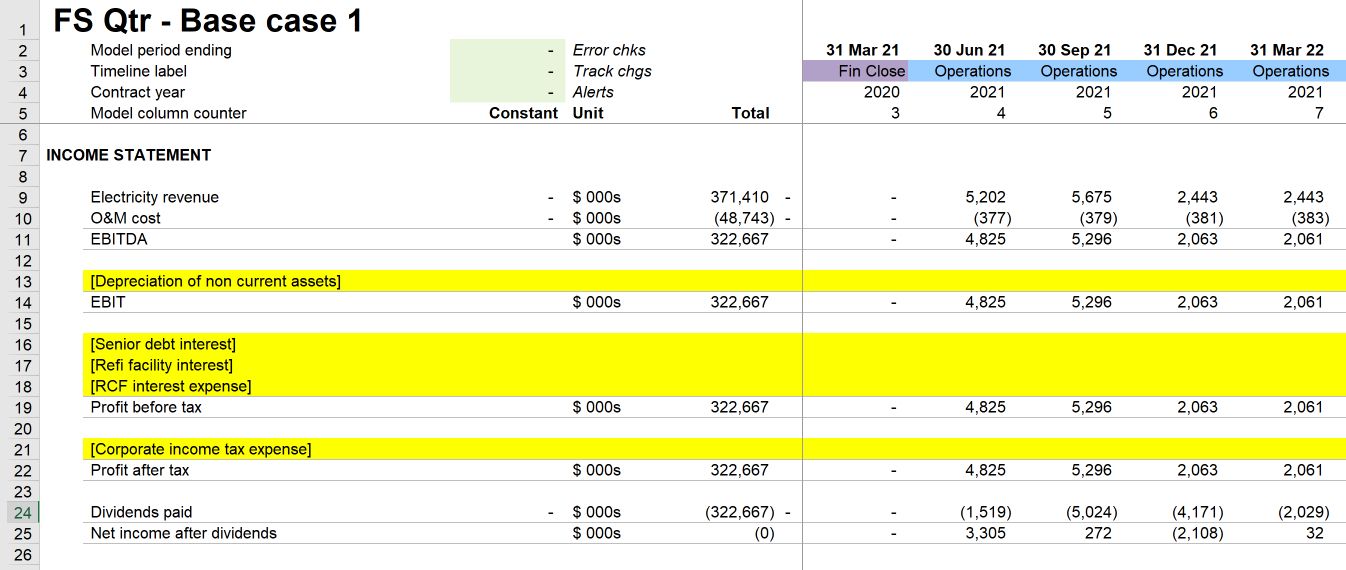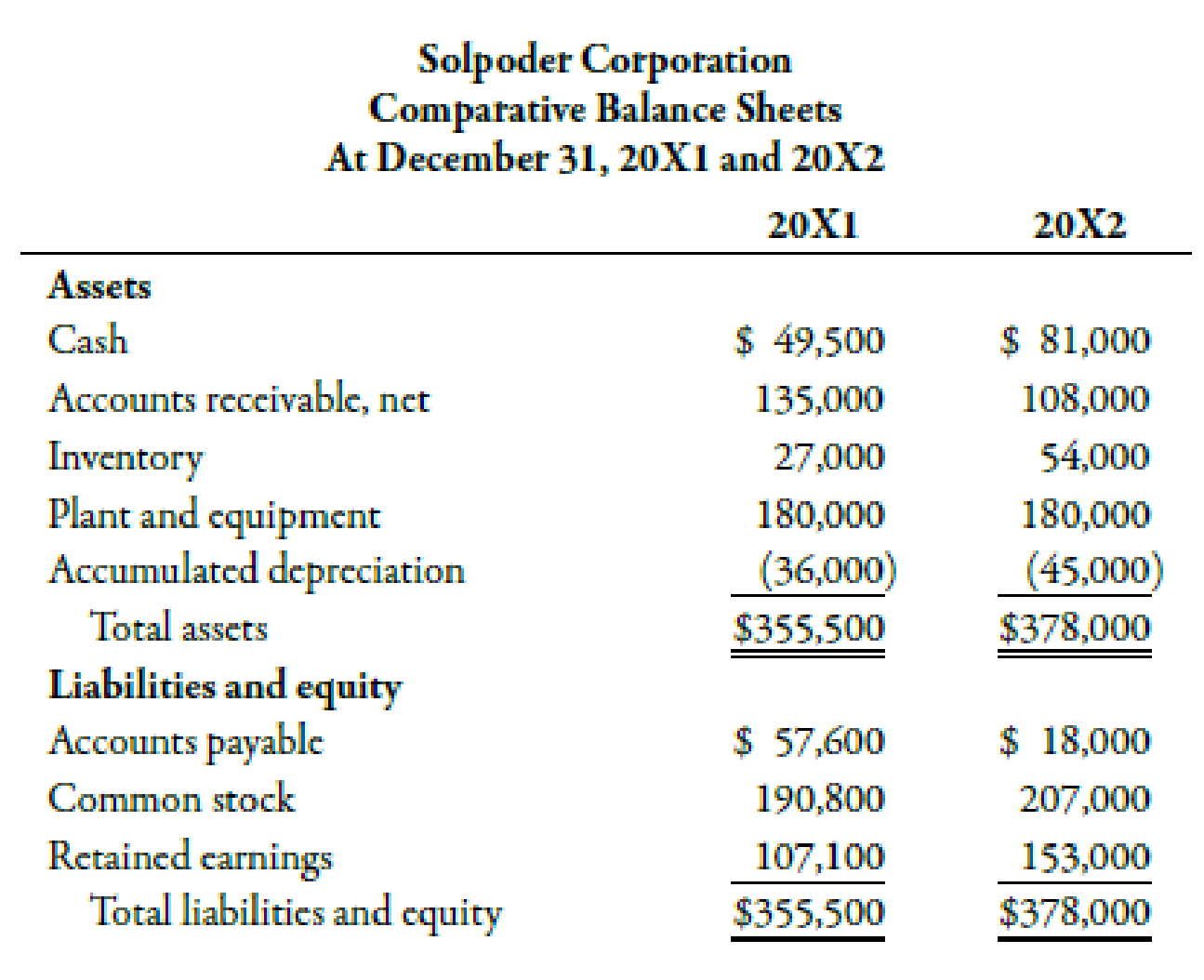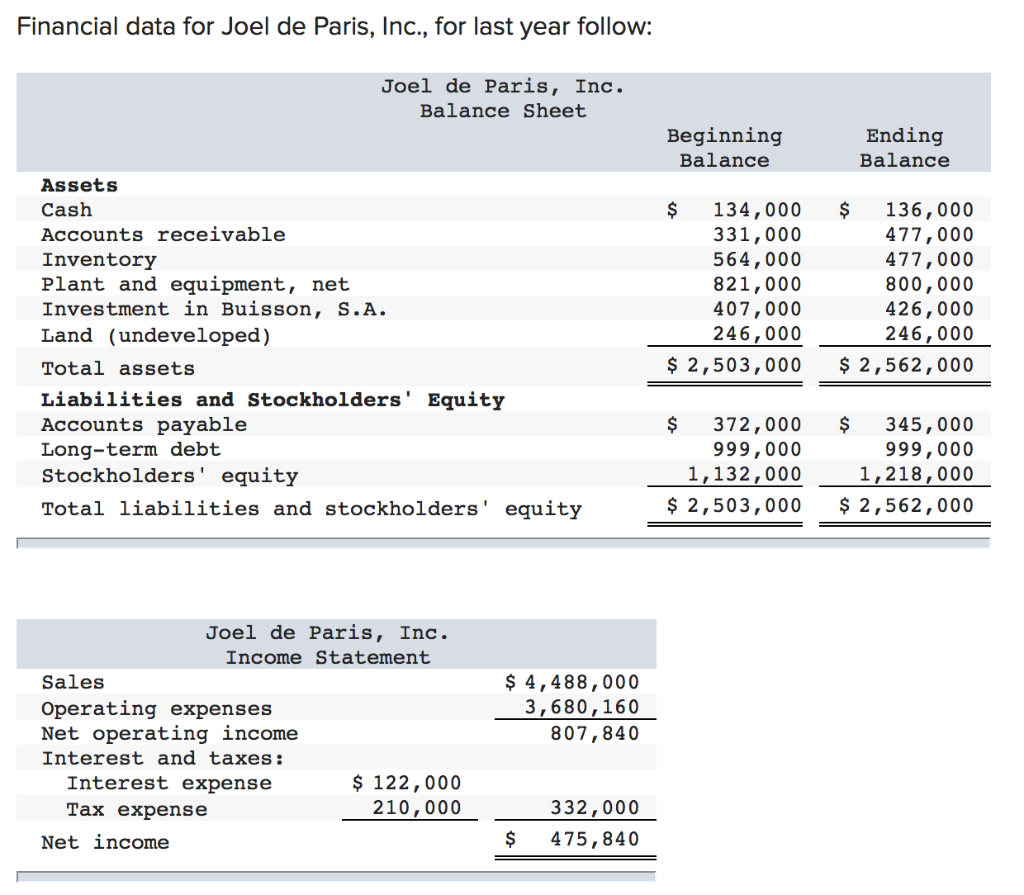Dividends Payable On Balance Sheet - Unpaid declared dividends other than. Before dividends are paid, there is no impact on the balance sheet. When dividends are paid, the impact on the balance sheet is a decrease in the company’s dividends payable and cash balance. As a result, the balance sheet size is reduced. Reporting entities often declare dividends on common stock before the balance sheet date, and then pay the dividends after the balance sheet date. Paying the dividends reduces the amount of retained earnings stated in the. Dividends in the balance sheet. Dividends payable is classified as a current liability on the balance sheet, since the expense represents declared payments to shareholders. When a company declares a dividend to distribute to its shareholders, the dividends payable account is created on the liability side of the balance sheet.
Dividends payable is classified as a current liability on the balance sheet, since the expense represents declared payments to shareholders. Reporting entities often declare dividends on common stock before the balance sheet date, and then pay the dividends after the balance sheet date. Before dividends are paid, there is no impact on the balance sheet. Unpaid declared dividends other than. Dividends in the balance sheet. As a result, the balance sheet size is reduced. When dividends are paid, the impact on the balance sheet is a decrease in the company’s dividends payable and cash balance. When a company declares a dividend to distribute to its shareholders, the dividends payable account is created on the liability side of the balance sheet. Paying the dividends reduces the amount of retained earnings stated in the.
When dividends are paid, the impact on the balance sheet is a decrease in the company’s dividends payable and cash balance. Paying the dividends reduces the amount of retained earnings stated in the. Before dividends are paid, there is no impact on the balance sheet. When a company declares a dividend to distribute to its shareholders, the dividends payable account is created on the liability side of the balance sheet. Dividends payable is classified as a current liability on the balance sheet, since the expense represents declared payments to shareholders. As a result, the balance sheet size is reduced. Unpaid declared dividends other than. Dividends in the balance sheet. Reporting entities often declare dividends on common stock before the balance sheet date, and then pay the dividends after the balance sheet date.
4.6 Cash and Share Dividends Accounting Business and Society
Reporting entities often declare dividends on common stock before the balance sheet date, and then pay the dividends after the balance sheet date. Dividends payable is classified as a current liability on the balance sheet, since the expense represents declared payments to shareholders. When dividends are paid, the impact on the balance sheet is a decrease in the company’s dividends.
Dividends Payable Balance Sheet Ppt Powerpoint Presentation Slides
Reporting entities often declare dividends on common stock before the balance sheet date, and then pay the dividends after the balance sheet date. When a company declares a dividend to distribute to its shareholders, the dividends payable account is created on the liability side of the balance sheet. Before dividends are paid, there is no impact on the balance sheet..
Balance Sheet Example With Dividends sheet
Reporting entities often declare dividends on common stock before the balance sheet date, and then pay the dividends after the balance sheet date. Paying the dividends reduces the amount of retained earnings stated in the. When dividends are paid, the impact on the balance sheet is a decrease in the company’s dividends payable and cash balance. Dividends payable is classified.
Balance Sheet Dividends
Reporting entities often declare dividends on common stock before the balance sheet date, and then pay the dividends after the balance sheet date. When a company declares a dividend to distribute to its shareholders, the dividends payable account is created on the liability side of the balance sheet. Before dividends are paid, there is no impact on the balance sheet..
What The Balance Sheet Reveals on Dividends
Reporting entities often declare dividends on common stock before the balance sheet date, and then pay the dividends after the balance sheet date. Unpaid declared dividends other than. Dividends payable is classified as a current liability on the balance sheet, since the expense represents declared payments to shareholders. As a result, the balance sheet size is reduced. Dividends in the.
Modeling dividends solution
As a result, the balance sheet size is reduced. When dividends are paid, the impact on the balance sheet is a decrease in the company’s dividends payable and cash balance. Unpaid declared dividends other than. Paying the dividends reduces the amount of retained earnings stated in the. Reporting entities often declare dividends on common stock before the balance sheet date,.
Balance Sheet Dividends
Before dividends are paid, there is no impact on the balance sheet. When a company declares a dividend to distribute to its shareholders, the dividends payable account is created on the liability side of the balance sheet. As a result, the balance sheet size is reduced. Dividends payable is classified as a current liability on the balance sheet, since the.
What Is A Dividend? The Complete Guide Oliver Elliot
When a company declares a dividend to distribute to its shareholders, the dividends payable account is created on the liability side of the balance sheet. Reporting entities often declare dividends on common stock before the balance sheet date, and then pay the dividends after the balance sheet date. Paying the dividends reduces the amount of retained earnings stated in the..
Balance Sheet Dividends
Paying the dividends reduces the amount of retained earnings stated in the. When dividends are paid, the impact on the balance sheet is a decrease in the company’s dividends payable and cash balance. As a result, the balance sheet size is reduced. Dividends in the balance sheet. Unpaid declared dividends other than.
Balance Sheet Dividends
Reporting entities often declare dividends on common stock before the balance sheet date, and then pay the dividends after the balance sheet date. Paying the dividends reduces the amount of retained earnings stated in the. When a company declares a dividend to distribute to its shareholders, the dividends payable account is created on the liability side of the balance sheet..
Unpaid Declared Dividends Other Than.
Reporting entities often declare dividends on common stock before the balance sheet date, and then pay the dividends after the balance sheet date. When a company declares a dividend to distribute to its shareholders, the dividends payable account is created on the liability side of the balance sheet. Dividends payable is classified as a current liability on the balance sheet, since the expense represents declared payments to shareholders. Dividends in the balance sheet.
Paying The Dividends Reduces The Amount Of Retained Earnings Stated In The.
When dividends are paid, the impact on the balance sheet is a decrease in the company’s dividends payable and cash balance. As a result, the balance sheet size is reduced. Before dividends are paid, there is no impact on the balance sheet.

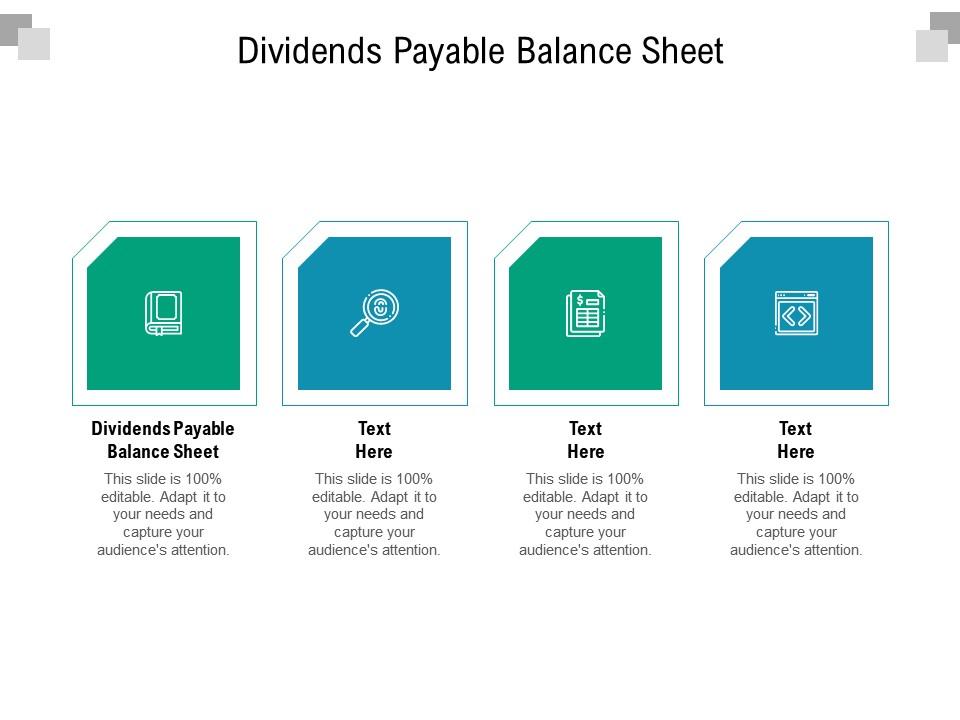
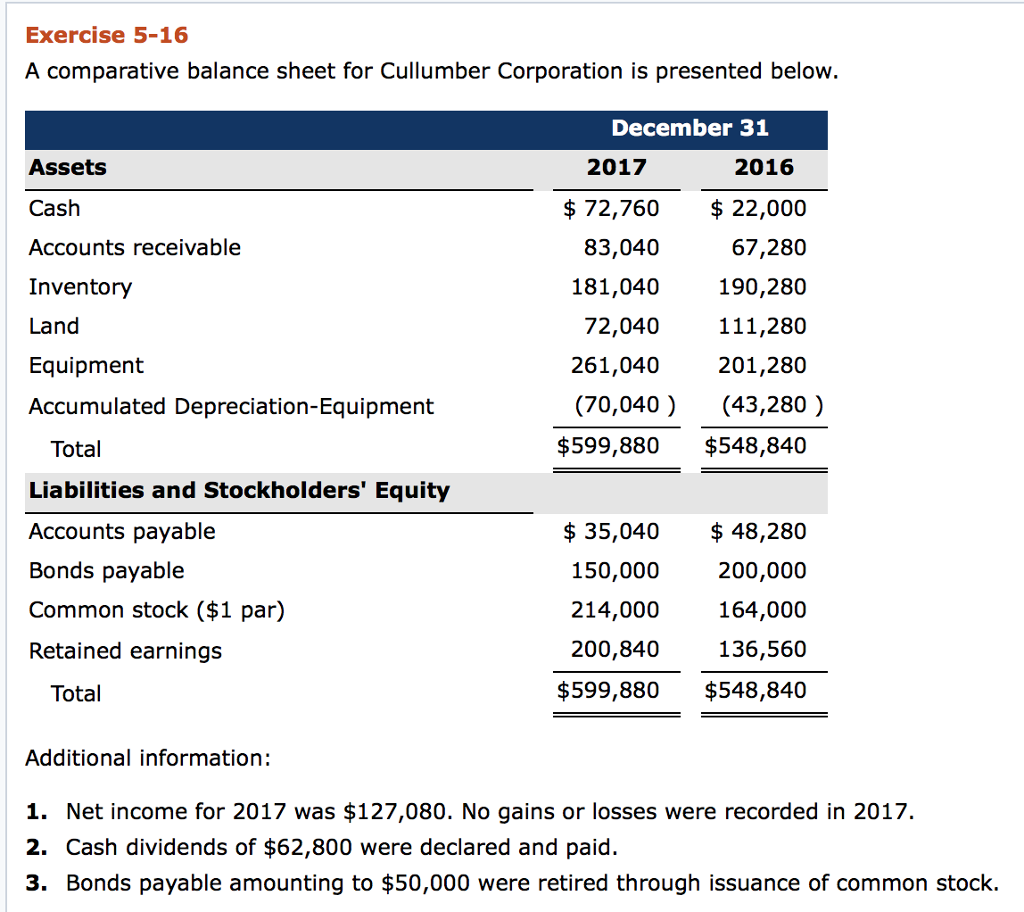
:max_bytes(150000):strip_icc()/FacebookbalancesheetREDec2018-5c73549b46e0fb00014ef630.jpg)
